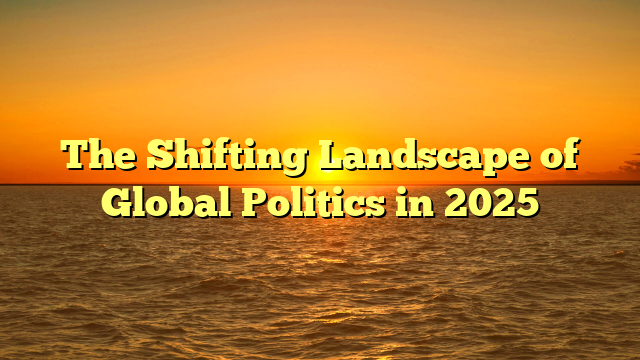
The fashion industry is one of the largest contributors to environmental degradation, with issues ranging from excessive waste to carbon emissions and water pollution. In recent years, the concept of sustainability has gained traction, prompting luxury fashion brands to rethink their practices. But can high-end brands, often associated with excess and opulence, truly go green? The answer lies in their willingness to innovate, adapt, and prioritize the planet over profit.
The Challenge of Sustainability in Luxury Fashion
Luxury fashion has long been defined by exclusivity, craftsmanship, and high-quality materials. However, these very attributes often come at an environmental cost. The production of leather, fur, and exotic skins, for example, raises ethical and ecological concerns. Additionally, the industry’s reliance on global supply chains and energy-intensive manufacturing processes contributes to its carbon footprint.
Despite these challenges, many luxury brands are taking steps toward sustainability. The shift is driven by increasing consumer demand for ethical practices, as well as growing awareness of the fashion industry’s impact on the planet. However, the journey toward sustainability is complex and requires a fundamental rethinking of traditional business models.
Innovative Approaches to Sustainability
Several luxury brands are leading the way in sustainable fashion by adopting innovative practices. For instance, Stella McCartney has been a pioneer in cruelty-free and eco-friendly fashion, using materials like recycled polyester and organic cotton. Similarly, Gucci has committed to becoming carbon neutral and has introduced sustainable collections featuring organic and recycled materials.
Another notable example is Burberry, which has pledged to eliminate plastic packaging and reduce its greenhouse gas emissions. The brand has also launched initiatives to repair and recycle old garments, promoting a circular fashion economy. These efforts demonstrate that luxury brands can align their values with environmental responsibility without compromising on quality or exclusivity.
The Role of Technology and Transparency
Technology plays a crucial role in enabling sustainable practices in luxury fashion. Advances in material science have led to the development of eco-friendly alternatives, such as lab-grown leather and biodegradable fabrics. Digital tools, like blockchain, are also being used to enhance supply chain transparency, allowing consumers to trace the origins of their purchases.
Transparency is key to building trust with consumers. Brands that openly communicate their sustainability goals and progress are more likely to gain the support of environmentally conscious customers. For example, Kering, the parent company of Gucci and Saint Laurent, publishes an annual environmental profit and loss report, detailing its environmental impact and efforts to reduce it.
The Road Ahead: Challenges and Opportunities
While progress has been made, significant challenges remain. Vamos88 of sustainable materials and production methods can be a barrier for many brands. Additionally, the industry’s fast-paced nature and constant demand for new collections often conflict with the principles of sustainability.
However, these challenges also present opportunities for innovation and leadership. By investing in sustainable practices, luxury brands can set new standards for the industry and inspire change on a larger scale. Collaborations with environmental organizations, governments, and other stakeholders can further amplify their impact.
Sustainability in luxury fashion is no longer a trend but a necessity. While the journey toward becoming truly green is fraught with challenges, high-end brands have the resources, influence, and creativity to lead the way. By embracing innovation, transparency, and ethical practices, they can redefine luxury as not just a symbol of status, but also a commitment to the planet. The question is not whether luxury brands can go green, but how quickly and effectively they can transform their legacy of opulence into one of sustainability.





